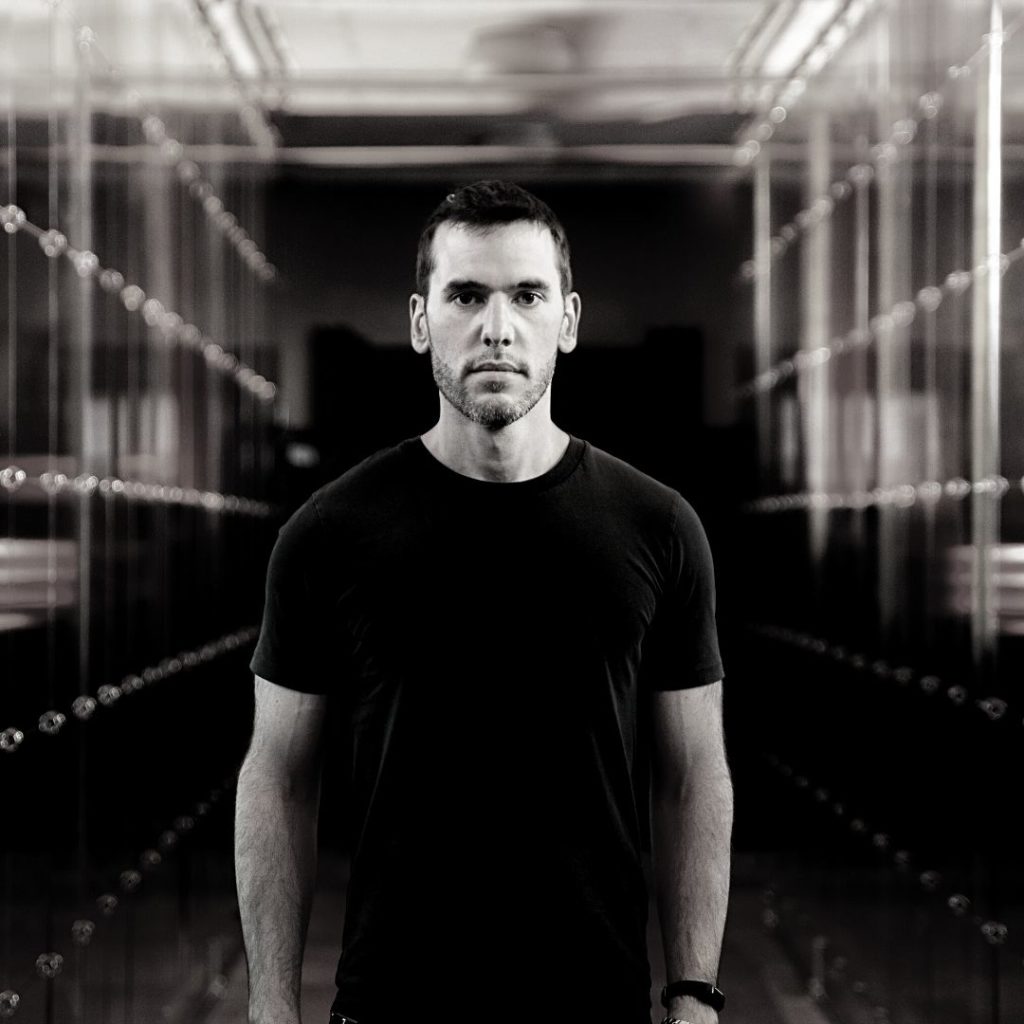How technology is transforming the music industry & the innovators leading the way.
From curating playlists that add rocket fuel to our gym sessions, to the saved tracks that inspire focussed working, music has a big role in our day-to-day lives. And we’re playing it more than ever. The global average time spent listening to music has risen significantly since 2019 — with listeners spending an average of 18.4 hours a week playing music; the equivalent of 368 three-minute tracks.
Big advancements in music tech have had a part to play. How we consume music to the tech we use to do it — all the way through to its distributions and the ways that artists create, and connect, with their audiences. It’s an ever-changing industry — with tech close to the core of it’s evolution.
We’ve explored some of the big trends in music tech and spoke to innovators that are working to revolutionise this exciting space.
Streaming & socials
The advent of streaming services transformed music forever. When Spotify launched back in 2008, there was resistance from artists and record labels who feared the decimation of CD sales and tracks purchased through platforms like iTunes. But as the service began to skyrocket, perceptions changed — and for the better. As of 2020, 62.1% of the industry’s global revenue comes from streaming; of which 46% is attributed to subscription audio streams.
Spotify still leads the way, with 180 million premium subscribers worldwide in 2021 — and consistent quarter on quarter growth of active users since 2015. It’s estimated that Apple Music had 78 million subscribers in the same year (up by six million from the year prior), while Amazon Music had 55 million subscribers in 2020.
Spotify in particular has made strategic moves when it comes to placing itself at the heart of social media. “Spotify Wrapped” — an annual marketing campaign which allows Spotify users to share their unique listening habits on socials — has proven successful. While cross-channel integrations, like the ability to add currently played music from Spotify to your Instagram story, continues to cleverly position the streaming service within popular social apps.
Of course, social media has had a substantial impact when it comes to the industry’s evolution — especially for artists. MySpace has been credited with helping to launch the careers of Lily Allen, Arctic Monkeys, Calvin Harris and even Adele. While YouTube fandom brought Justin Bieber and Ed Sheeran into the spotlight.
In recent years, TikTok has become a leading channels for music discovery — while also giving artists a space to engage with fans. Trending songs on TikTok often end up in the charts, while 67% of users seek out songs on streaming services after hearing them on the app. Both marketers and record labels are using the power of TikTok influencers to help songs get heard, and go viral.
Artists like Olivia Rodrigo, Maneskin and Lil Nas X have built their careers from breakout moments on TikTok — while established artists and their labels continue to build buzz around their brands, and track releases, through the platform.
Data & tracking success
Data and analytics have had an increasing significance when it comes to artists’ success. Now, companies like Manchester-based Decimal are creating tools that allow even more users to harness the power of data. In 2021 Decimal (who have worked with industry heavy-hitters including Universal, Warner, Sony and Apple) launched Sparkline — an SaaS tool offering unrivaled insight into any artist on Spotify. Used by marketers, producers and session musicians, Sparkline allows users to view daily growth stats and streaming data.
“With Sparkline, we can look at an artist on Spotify and estimate their lifetime value,” says Chris Garrett, Founder of Decimal. “We’re giving users access to some incredibly unique data. We’ve begun to proactively analyse artists with the idea that we’re actually now surfacing the artists that are interesting before anybody knows about them using the algorithm.”
In the process of developing Sparkline, the team has uncovered even more value from the tool that goes beyond tracking growth.
“We began to identify a lot of artists who were missing out on revenue because of the way they operate in the industry,” he says. “We’re finding an increasing number of artists for instance, who are getting stream counts in the millions on Spotify that aren’t members of performing artists organisations like the PRS. Which means that 20% of what they should be earning on Spotify is going to PRS. And because they’re not members, PRS aren’t paying them that money.”
Beyond providing Spotify listening data to a wider audience, Decimal’s focus is on achieving yield enhancement for artists. “We want to help them find out where they’re losing revenue — and actually helping them to increase the amount they earn.”

Web3 approaches
With global innovators looking towards Web3, there have already been some exciting developments when it comes to music tech. With over 15 years’ industry experience, in 2021 Robin Shaw teamed up with Bryan Georges to co-found iiNDY — a platform that gives any creator, including music artists, the ability to directly own, understand and mobilise their fan base at scale.
“The music industry, but also the creator economy, is currently very centralised,” says Shaw. “Big companies own the content that you create; you give them your content — whether that’s images, video, music — and they profit from it.”
“What we’re doing with iiNDY is essentially creating a direct-to-fan relationship,” he adds. “The idea of taking ownership, rather than renting, your audience.”
Through iiNDY, the company aims to enable every creator in the world to be able to own their work, while having complete creative financial independence. While artists will continue to use platforms like Instagram and Spotify, iiNDY will supercharge their connection to their most loyal fans and followers while providing them with the tools and analytics to expand on their success. “The first step is the products that we’re building today, tackling the audience side of things,” says Shaw. “What we are looking for in the future is to be able to offer the opportunity for artists, creatives, musicians — but also fans — to own the infrastructure that runs the industry.”
While iiNDY’s current product sits in Web2, Shaw envisions the company’s future — and its impact — through developing products in Web3. “There’s going to be a period over the next five years where people on a large-scale will need to understand what Web3 is and to start utilising it within their day-to-day lives,” says Shaw. “We’re weeks away from announcing a huge partnership with a multi-billion dollar protocol, who support us in working towards that goal.”
“We want to change the system so that the artists and fans benefit from their creation, their product, doing well,” he adds. “And I think that’s really important.”

Looking forward
When it comes to music, it seems like the future is already here. Innovation in this space is happening at an incredible pace; I’m inspired, and excited, by the conversations and big ideas happening across the industry and all that’s to come.
You can read this issue in full below, or click here.
Sign up to The Colectiv
Find out more about our upcoming industry-leading events, read interviews from innovators in our community & get feature articles, right to your inbox.
